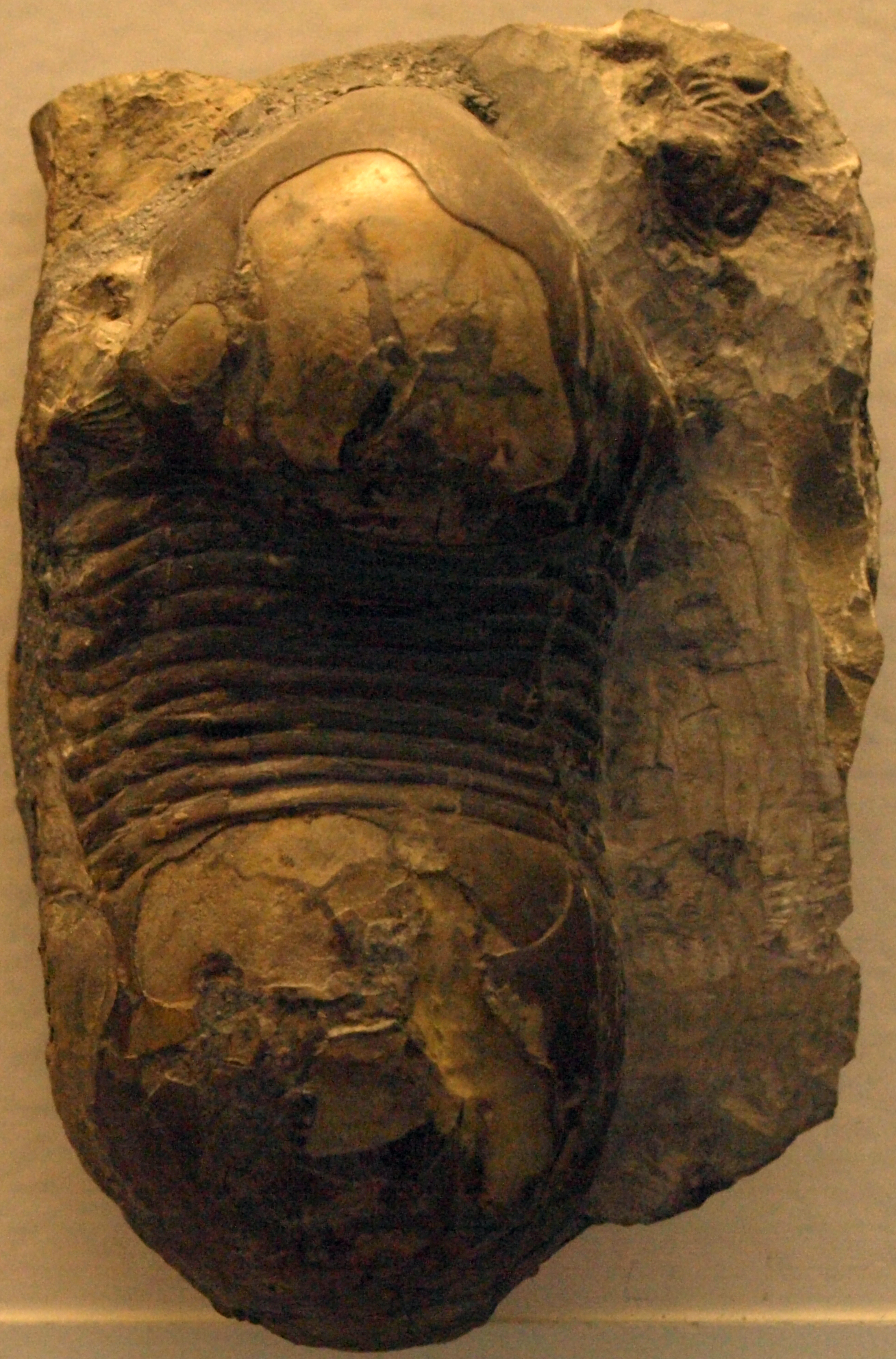|
Styginidae
''Styginidae'' is a family of trilobite in the order Corynexochida. Fossils of the various genera are found in marine strata throughout the world, aged from Ordovician up until the family's extinction during the Silurian The Silurian ( ) is a geologic period and system spanning 24.6 million years from the end of the Ordovician Period, at million years ago ( Mya), to the beginning of the Devonian Period, Mya. The Silurian is the shortest period of the Paleozo .... Genera References Illaenina Trilobite families Ordovician first appearances Silurian extinctions {{Corynexochida-stub ... [...More Info...] [...Related Items...] OR: [Wikipedia] [Google] [Baidu] |
Bumastus
''Bumastus'' is an extinct genus of corynexochid trilobites which existed from the Early Ordovician period to the Late Silurian period. They were relatively large trilobites, reaching a length of . They were distinctive for their highly globular, smooth-surfaced exoskeleton. They possessed well-developed, large compound eyes and were believed to have dwelled in shallow-water sediments in life. ''Bumastus'' fossils have been found in North and South America, Europe, Asia, and Australia. They are classified under the family Styginidae in the order Corynexochida. Description ''Bumastus'' is a large trilobite, reaching a length of . The body is oblong-oval, about twice as long as it is wide, It had a strongly convex profile, giving it its distinctive globular appearance. Like all trilobites, the body is divided into three functional segments known as tagmata (singular: tagma), which in turn are divided into three lobes - the central lobe (axial) and two lateral lobes (pleural). A ... [...More Info...] [...Related Items...] OR: [Wikipedia] [Google] [Baidu] |
Bojoscutellum
''Bojoscutellum'' is a genus of trilobites in the order Corynexochida family Styginidae. These trilobites were nektobenthic carnivore. They lived in the Devonian period in the Eifelian The Eifelian is the first of two faunal stages in the Middle Devonian Epoch. It lasted from 393.3 ± 1.2 million years ago to 387.7 ± 0.8 million years ago. It was preceded by the Emsian Stage and followed by the Givetian Stage. North American s ... age (395 million years ago). Distribution Devonian of the Czech Republic and Morocco. Species * ''Bojoscutellum angusticeps'' † (Barrande, 1852) * ''Bojoscutellum conspersum'' † (Prantl, 1949) * ''Bojoscutellum crassicostatum'' † Šnajdr, 1960 * ''Bojoscutellum havliceki'' † (Vaněk, 1970) * ''Bojoscutellum intermixtus'' † (Hawle et Corda, 1847) * ''Bojoscutellum ivanense'' † (Barrande, 1852) * ''Bojoscutellum koneprusiense'' † Šnajdr, 1960 * ''Bojoscutellum meridianum'' † (Barrois, 1886) * ''Bojoscutellum paliferum'' † (Beyrich ... [...More Info...] [...Related Items...] OR: [Wikipedia] [Google] [Baidu] |
Illaenina
The Illaeninae are a suborder of trilobites in the order Corynexochida Corynexochida is an order of trilobite that lived from the Lower Cambrian to the Late Devonian. Like many of the other trilobite orders, Corynexochida contains many species with widespread characteristics. The middle region of the cephalon (the .... References {{Taxonbar, from=Q21035191 Corynexochida ... [...More Info...] [...Related Items...] OR: [Wikipedia] [Google] [Baidu] |
Ordovician
The Ordovician ( ) is a geologic period and System (geology), system, the second of six periods of the Paleozoic Era (geology), Era. The Ordovician spans 41.6 million years from the end of the Cambrian Period million years ago (Mya) to the start of the Silurian Period Mya. The Ordovician, named after the Celtic Britons, Welsh tribe of the Ordovices, was defined by Charles Lapworth in 1879 to resolve a dispute between followers of Adam Sedgwick and Roderick Murchison, who were placing the same Rock (geology), rock beds in North Wales in the Cambrian and Silurian systems, respectively. Lapworth recognized that the fossil fauna in the disputed Stratum, strata were different from those of either the Cambrian or the Silurian systems, and placed them in a system of their own. The Ordovician received international approval in 1960 (forty years after Lapworth's death), when it was adopted as an official period of the Paleozoic Era by the International Union of Geological Sciences, Intern ... [...More Info...] [...Related Items...] OR: [Wikipedia] [Google] [Baidu] |

